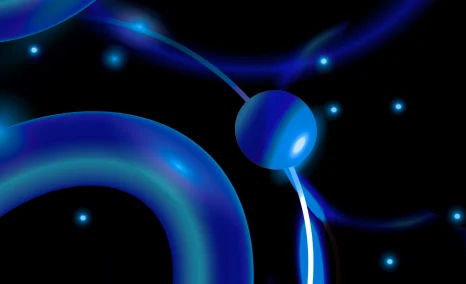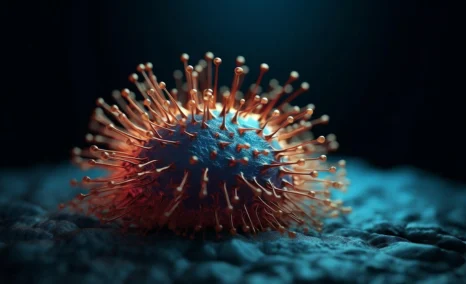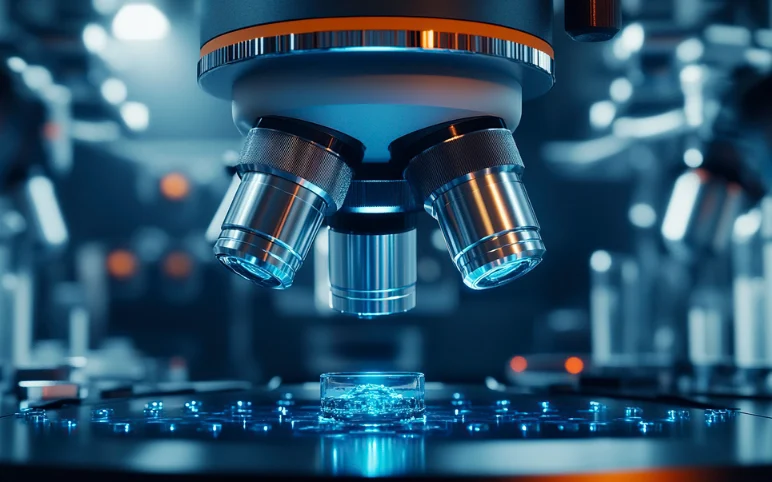With the onset of the era of technological advancements, it was presumed that numerous challenges, mostly toward the treatment of rare genetic disorders, would be countered. However, the quest for the appropriate treatment continues as one of the rare disorders, Argininosuccinic aciduria (ASA), remains to lack specific treatment or cure. In the past decades, the pharma market has witnessed no new intervention for ASA; thus, the race to bring innovation still prevails.
Argininosuccinic aciduria or argininosuccinate lyase deficiency is one of the inherited disorders belonging to ‘urea cycle disorders,’ which cause ammonia to accumulate in the blood. Six consecutive enzymatic reactions are there in urea cycle disorders that are responsible for converting waste nitrogen into urea. Deficiencies of any of these enzymes of the cycle result in urea cycle disorders (UCD), a group of inborn hepatic metabolism errors. The enzyme argininosuccinate lyase, encoded by the ASL gene, catalyzes the fourth reaction in this cycle, resulting in the breakdown of argininosuccinic acid to arginine and fumarate. Alterations in the ASL gene lead to low levels of functional argininosuccinate lyase that hampers the breakdown of nitrogen, which then abnormally accumulates in the form of ammonia in the blood (hyperammonemia).
Argininosuccinic Aciduria is the second most common UCD. There are basically two types of ASA, including a severe neonatal-onset form with hyperammonemia within the first few days after birth or as a late-onset form with episodic hyperammonemia and/or long-term complications that include liver dysfunction, neurocognitive deficits, and hypertension. It is important to note that it has now been almost six decades since the first description of ASA, but the disease still retains various unanswered questions. For instance, complex clinical presentation and the challenge of preventing a neurological phenotype, despite conventional therapy and normal ammonia levels, have generated pathophysiological hypotheses highlighting alternative ASL roles outside the urea cycle.
The introduction of Newborn screening (NBS) programs to cater population-based screening for genetic disorders, with supplementary follow-up services to ensure that all newborns with positive screening test results are referred for confirmatory testing, was thought to increase the diagnosis rate for ASA. Unfortunately, a large number of undiagnosed cases persist due to associated heterogeneous manifestations.
As far as the prevalence is concerned, DelveInsight estimates that in 2017, the USA accounted for the highest Incident population of ASA, holding up-to 208 cases. While, among the EU5 countries (the UK, Germany, Italy, France and Spain), Germany had the highest incident population of ASA with 35 cases, followed by France and the United Kingdom. On the other hand, Spain had the lowest incident cases of ASA, i.e., 21 in 2017. The estimate also demonstrated that the ASA incident population in Japan was 42 in 2017.
Currently, treatment market for Argininosuccinic Aciduria offers options to alleviate symptoms and increase patients’ quality of life with ASA. Acute metabolic decompensations with hyperammonemia, a common outcome of the disease, is treated by halting oral protein intake, augmenting oral intake with intravenous lipids and/or glucose, and the use of intravenous arginine and nitrogen-scavenging therapy. Mainstays in long-term management are the dietary restriction of protein and dietary supplementation with arginine. Orthotopic liver transplantation is best considered in patients with persistent hyperammonemia or metabolic decompensations impervious to conventional medical therapy.
Nevertheless, for some patients, diet, and supplements alone are not enough to manage elevated ammonia levels caused by urea cycle disorders (UCDs). These patients may be prescribed a nitrogen scavenger, sometimes called an ammonia scavenger, to keep their ammonia levels under control. Two such ammonia scavengers by Horizon Therapeutics are Ravicti (glycerol phenylbutyrate) oral liquid and Buphenyl (sodium phenylbutyrate) tablets and powder.
Buphenyl is a pro-drug and is rapidly metabolized to phenylacetate. This metabolically active compound conjugates with glutamine via acetylation to form phenylacetylglutamine, which is then excreted by the kidneys. Ravicti is a triglyceride containing three molecules of phenylbutyrate (PBA), linked to a glycerol backbone. PAA, the major metabolite of PBA, is the active moiety of Ravicti. PAA conjugates with glutamine (which contains two molecules of nitrogen) via acetylation in the liver and kidneys to form PAGN – excreted by the kidneys. Unlike Buphenyl, Ravicti is an odorless, tasteless liquid, with minimum dosing is required and can be taken with meals
As per DelveInsight analysis, the Argininosuccinic Aciduria treatment market presently holds some potential pharma companies developing new therapies such as Acer Therapeutics, Evox Therapeutics, and others. ACER-001, Acer Therapeutics’ lead candidate, is a proprietary, fully taste-masked, immediate-release formulation of sodium phenylbutyrate (NaPB) developed using a microencapsulation process; NaPB helps control blood ammonia levels in conjunction with a restricted diet for people with UCDs. Acer Therapeutics has evaluated the ACER-001 bioequivalent to Buphenyl in healthy volunteer trials and presented the positive results in February 2020. Based on these results, the company anticipates submitting NDA to the FDA to treat UCD in the first half of 2021.
On the other hand, Evox Therapeutics has developed a ‘unique’ exosome delivery system that can carry the functional human ASL protein (hASL) in the urea cycle to meet the ASL deficiency. The Evox therapeutics uses its proprietary technology to genetically engineer cells that produce bespoke exosomes, ~100 nm extracellular vesicles that can carry proteins, small molecules, or various forms of RNA. Evox Therapeutics has completed the preclinical studies using human ASL protein (hASL) in the mouse models completed successfully, and additional efficacy studies are being planned.
Additionally, two key candidates, Promethera Biosciences’s lead product HepaStem (composed of ‘heterologous human adult liver-derived progenitor cells) and PhaseRx’s candidate drug PRX ASL were also actively engaged in speeding up the growth of the Argininosuccinic Aciduria treatment market, but more development data is awaited from the companies. Both drugs had received orphan drug designation by EMA, and PhaseRX also received orphan drug designation by the FDA.
Nevertheless, the struggle to bring revolutionized treatment for Argininosuccinic Aciduria continues as scientists and researchers are continually working toward developing a better understanding of the disease. Moving ahead, the generation of ASL-deficient mouse models and identifying specific and sensitive biological and chemical makers are the key drivers that might pave the wave for developing specific therapies for ASA patients.



